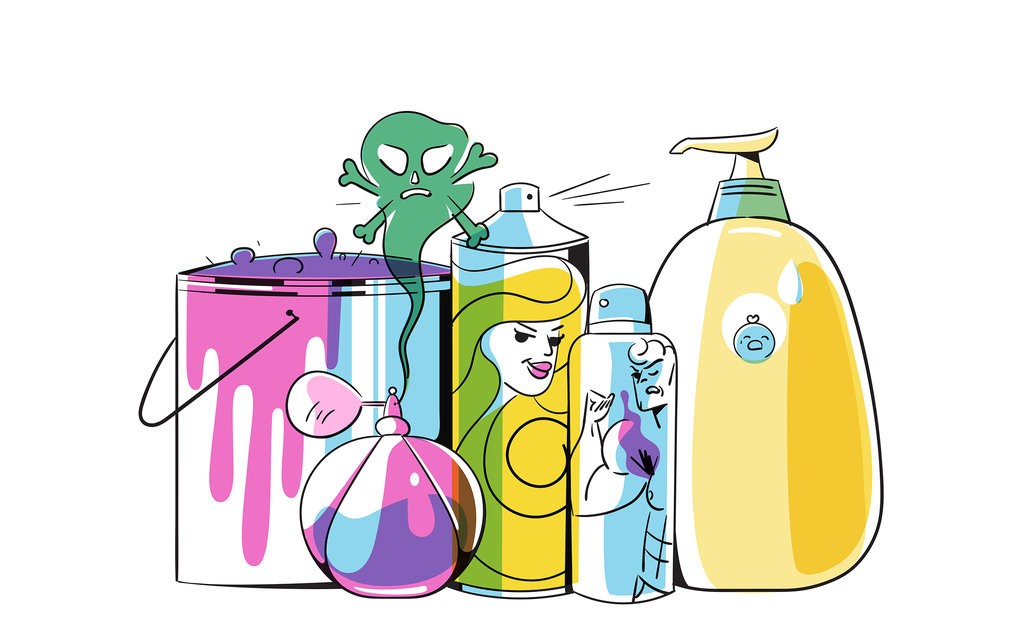Researchers found in a study in February of 2018 that petroleum-based chemicals used in perfumes, deodorants, paints and other consumer products can, taken together, emit as much air pollution in the form of volatile organic compounds, or V.O.C.s, as motor vehicles do.
The researchers said their study was inspired by earlier measurements of V.O.C.s in Los Angeles that showed concentrations of petroleum-based compounds at levels higher than could be predicted from fossil-fuel sources alone.
“These V.O.C.s that you use in everyday products even though it may just be a teaspoon or a squirt or a spray the majority of those kinds of compounds will ultimately end up in the atmosphere, where they can react and contribute to both harmful ozone formation and small-particle formation,” said Dr.Gilman, a research chemist at the National Oceanic and Atmospheric Administration involved in the study. In total, the researchers found that forty percent of the chemicals added to consumer products wind up in the air.
To make their calculations, the study’s authors constructed a computer model that simulated air quality in Los Angeles, weaving in data from the chemical composition of consumer goods and tailpipe emissions. This model enabled the researchers to see the fingerprints of the chemical compounds coming from personal care products and, using these fingerprints, they determined that roughly half of the V.O.C.s in Los Angeles air could be attributed to consumer products.
Ravi Ramalingam, who leads the California Air Resources Board’s consumer products and air quality efforts, said he was not surprised that paints and perfumes were making up a bigger share of emissions as cars and trucks became cleaner. He said his agency was surveying the chemical makeup of about 300,000 consumer products sold or used in California, and preliminary results also suggested that emissions from those products were higher than previously estimated, though by a lesser amount than thought.
Galina Churkina, a research fellow at the Yale School of Forestry and Environmental Studies who was not involved in the study, noted that the study did not consider emissions related to biological sources like trees and animals. In response, the authors of the study said that there was still more research to conduct around such topics, as there are tens of thousands of chemicals in consumer products, and researchers have not yet pinpointed which chemicals are most likely to form ozone or PM2.5 particles.

